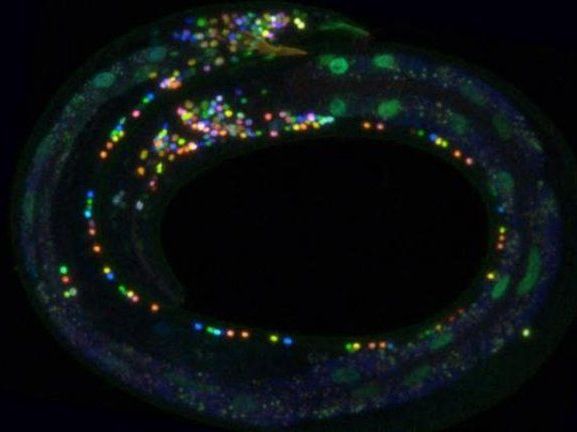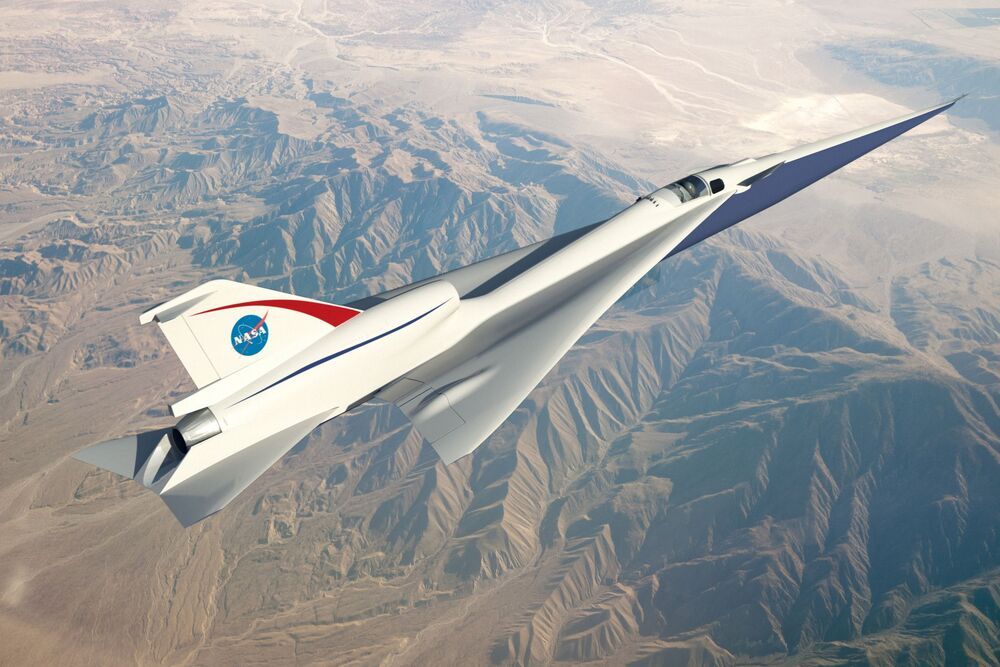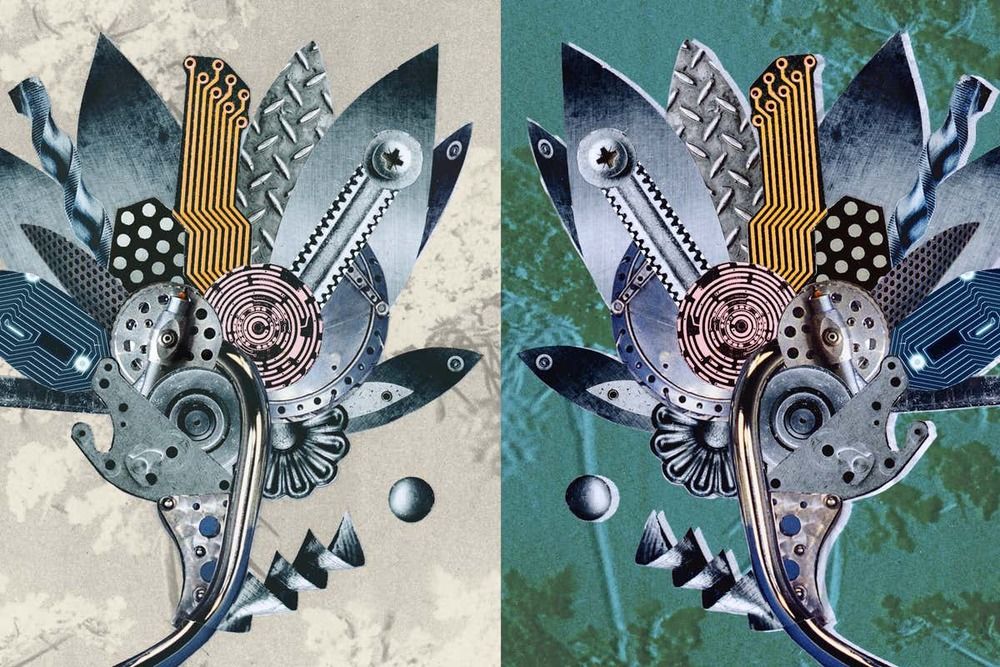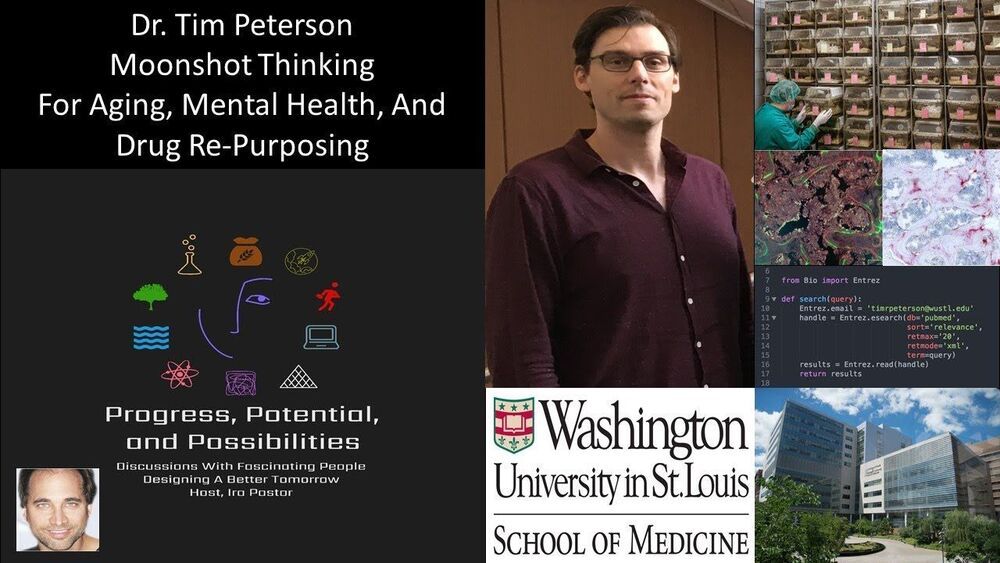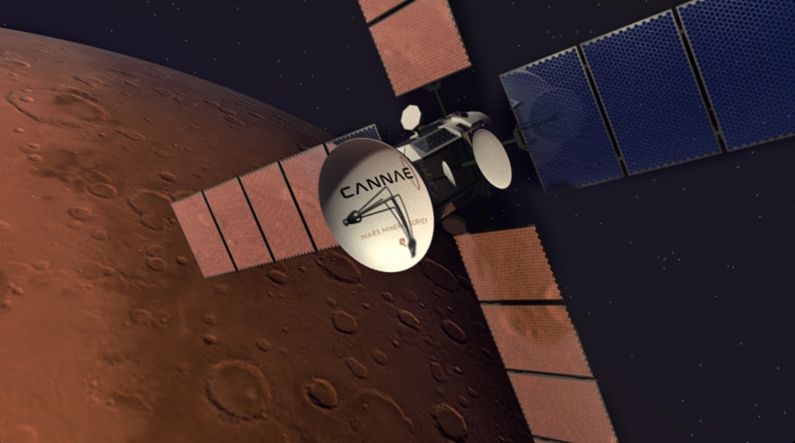
Circa 2014
A NASA study has recently concluded that the “Cannae Drive,” a disruptive new method of space propulsion, can produce small amounts of thrust without the use of propellant, in apparent discordance with Newton’s third law. According to its inventor, the device can harness microwave radiation inside a resonator, turning electricity into a net thrust. If further verified and perfected, the advance could revolutionize the space industry, dramatically cutting costs for both missions in deep space and satellites in Earth orbit.
The basic principle behind space propulsion is very simple: for every action, there is an equal and opposite reaction. Use a rocket engine to throw mass one way, get propelled the other way. And according to the law of conservation of momentum, the more mass you throw behind you and the faster you throw it, the stronger your forward thrust will be.
One consequence for space travel is that, to counter Earth’s gravity and reach orbital velocity, rockets need to carry a very large amount of propellant: For instance, in the now-retired Space Shuttle, the mass of the fuel was almost twenty times greater than the payload itself. In satellites the impact is smaller, but still very significant: for geostationary satellites, fuel can make up as much as half the launch weight, and that makes them more expensive to launch and operate.
